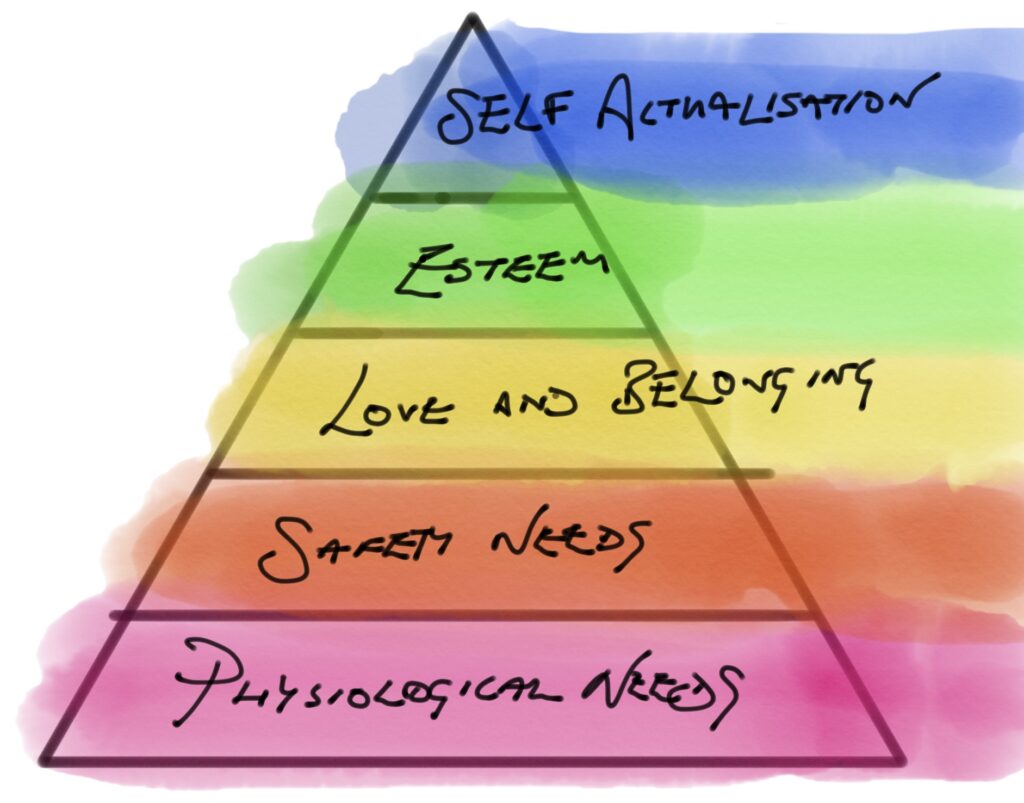It’s a belated second part in busting some digital jargon. In this post I’m going to try and deconstruct some of the cold language used by digital marketers to pinpoint the fluctuations in our emotional state when we make decisions online. In the last digital jargon busting I touched on customer experience, this time around it’s about relevancy, intent and the customer or buying journey.
Relevancy
If something is relevant it is closely connected or appropriate to what is being done or considered. It is often stated that relevance is key to a successful digital marketing strategy. In my experience, it is one of the most overused terms in the industry, not that it isn’t relevant. It’s used as a conceptual measure of how your content appeals to the target audience. From a pure advertising point of view relevance is measured, for example, Facebook’s relevance score or Google’s quality score. These scores are determined by the elements of your advertising in relation to what a customer is potentially looking for. My frustration with the idea of relevancy is that to be truly relevant you need to understand someone’s motivations. It’s simply not enough to parrot their needs. Relevancy cuts deep and spans time especially as consumer decision making becomes more complex. I like to break relevancy down into types which reflect consumer values, some examples:
- Functional relevancy: Purely based on answering a functional need e.g. I need some nails. I have no affiliation to any brand they just need to cover a particular function, if they do that I’ll invest.
- Quality relevancy: A product needs to meet a specified level of quality. This often needs some research and comparison, perhaps reading reviews or speaking with trusted peers. Products and services often need to meet quality standards and the quality can start to have an emotional connection. I am a sucker for quality, I can get obsessive about a kitchen spatula. I’d rather buy a product to last than for its style. If a brand talks about quality their relevancy score is high for me. Brands that focus on quality tend to stick around. Finisterre is a favourite.
- Expert relevancy: Expertise trumps most points of relevance for high ticket or specialist items or services. When buying equipment for a particular sport the challenge is often around how much expertise can I afford? Brands that can convey expertise can carve out an edge over competitors. Quality and expertise can translate into luxury and there is no better example of the expression of absolute expertise than one of the country’s best restaurants, L’Enclume.
- Emotional relevancy: Understanding what creates an emotional connection with an audience, whether it’s cultural, historical or based on shared values. If you want to be relevant to an audience you’ve got to know what makes them tick. A particular colour palette or piece of music good trigger an emotional response that creates a longstanding bond to a brand. Instagram is a platform that taps into what is emotionally relevant to me very well as the profiles I follow are largely determined by the impact of the imagery. The relevance isn’t formed by words but a picture of my desired lifestyle.
- Environmental and social relevancy: There is a growing need for environmental and social responsibility to be reflected by the brands we want to invest in. It’s not going to be enough for a brand to fuel our consumerist and capitalist needs but to give back to our values as well.
All in all, to be relevant online, don’t just talk about your product or service but relate it to the audience and the various points of relevance. There will always be a priority in relation to the values, think Maslow’s Heirarchy of Needs.

Intent
Someone’s intention drives their action, it’s the design or purpose to carry out a particular act. When it comes to digital marketing or intent based marketing this is usually targeting the intent to purchase. There is a lack of patience and understanding with the expectation that you can capture someone’s purchase intent, but it works. On an individual level purchase intent is very much down to the motivations of the user in relation to the need and the product. Sometimes the buying journey is so reliant on and entwined with the information gathering and research phases that the point of purchase intent is too late for a brand to jump in and interact, for example buying a house. At other points it’s very acceptable to harvest buyers at will when demand and purchase intent is high, for example Christmas shopping season.
Intent changes and can be matched to the customer buying journey. There doesn’t necessarily need to be a defined order just an understanding on how someone’s intention can be matched:
- Inspire: Whether it’s a conscious intention or not we all want to be inspired. I have been at a point of purchase for many products and it’s needed a moment of inspiration to push me over the line.
- Inform: The intention to be informed through research or specifications is measurable and can be targeted. If this intent is not met by brands they miss an opportunity to connect with customers at a crucial point where they are establishing a comfort and level of knowedge to inform the point of purchase or commitment.
- Buy: A brand should be visible and make the purchase or commitment decision easy for the user. Being visible, relevant, clear and helpful will help to land the customer. All of the other factors are still in play here. I’m rarely inspired or engaged at the purchase point of a journey, there’s an opportunity for more celebration here.
Relevancy and intent in the customer journey

The customer journey as a tool is helpful to understand what stages a customer may go through on their way to purchasing a product and, furthermore, becoming an advocate. From a marketeer’s point of view the customer journey can help strategise the communication plan to capture the target audience’s attention at differing points of intent. It’s isn’t a river though, you don’t suddenly become aware of a product and then canoe your way down the merry valley to purchase and advocacy. Consumers are independent, their intent can ebb and flow. Stages can be reordered and become circular or repeat over periods of varying needs or uncertainty. Relevancy can shift with the Zeitgeist. To take control and be relevant in a timely fashion brands need to know their audience, communicate with their audience and constantly listen to the variables which contribute to a decision.
More like this…
Digital Jargon Busting pt.2
It’s a belated second part in busting some digital jargon. In this post I’m going to try and deconst…
Doughnut Economics: How can digital measurement support?
This is lifted directly from Kate Raworth’s website. Kate is the author of Doughnut Economics, a boo…
Subscribe for life
Subscription services have been on the rise for a while and they are intriguing me because they’ve c…



